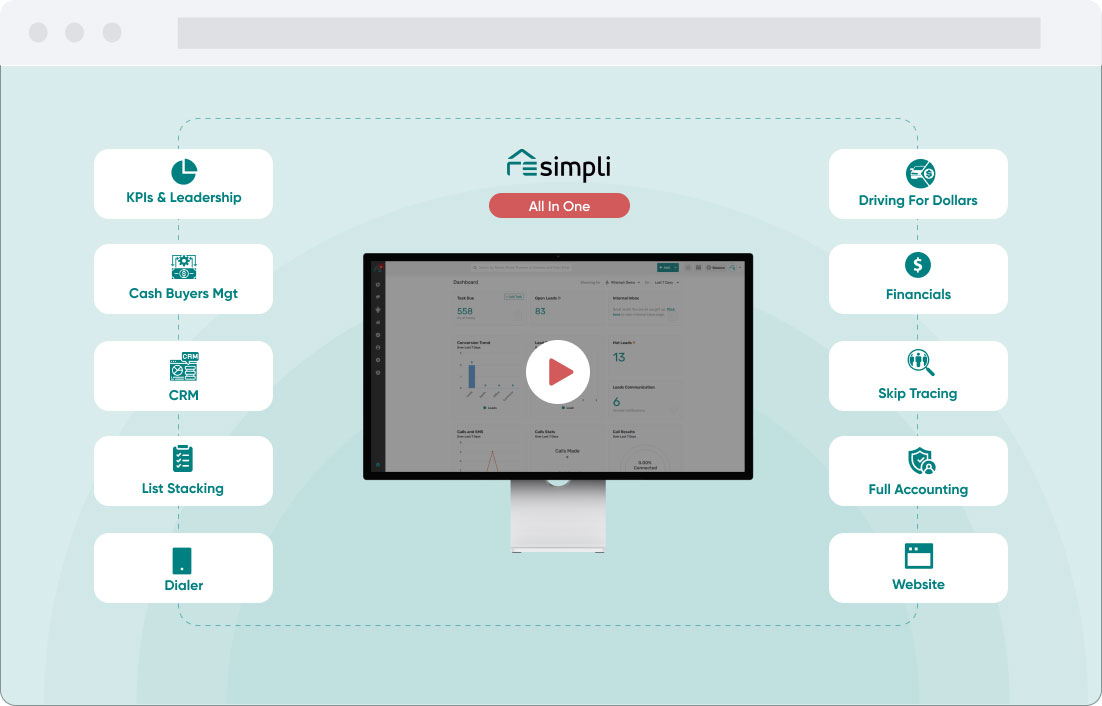Best List to Target for Marketing as a Real Estate Investor
Best List to Target for Marketing as a Real Estate Investor
Building a targeted marketing list is crucial for any real estate investor or marketer looking to grow their business. But once you’ve pulled the list, what’s the next step? How do you make sense of all the data you’ve collected? In this article, we’ll explore some strategies for building a targeted list and making your marketing more efficient.
First and foremost, it’s important to understand that not all lists are created equal. Depending on your market and your marketing budget, you may want to focus on different types of lists. For example, absentee and vacant properties are often good targets for real estate investors, as these properties may be more likely to be sold or rented out.
If you’re in a larger market, you may also want to consider targeting absentee and probate properties. These types of lists can provide a wealth of potential leads, but they can also be more expensive to acquire. On the other hand, if you’re in a smaller market, you may want to focus on vacant and non-owner-occupied properties.
So, what makes absentee and vacant properties such good targets? For one thing, these properties may be more likely to require repairs or updates, which could make them more attractive to real estate investors. Additionally, absentee and vacant property owners may be more motivated to sell, as they may need help to afford the upkeep or may have other reasons for needing to sell quickly.
Once you’ve identified your target list, the next step is to figure out how to reach these potential leads. There are a variety of marketing strategies you can use to connect with potential sellers or renters, from direct mail campaigns to online ads to good old-fashioned networking.
One approach that many real estate investors use is called “driving for dollars.” This involves driving around your target market and looking for properties that appear to be in need of repairs or updates. Once you’ve identified a property, you can reach out to the owner directly to see if they may be interested in selling.
Of course, only some marketing strategies will work for some investors or marketers. That’s why testing and iterating your marketing campaigns over time is important to see what’s working and what’s not. One way to do this is by tracking your marketing metrics, such as open rates, response rates, and conversion rates, to determine which campaigns generate the most leads and which may need to be tweaked or abandoned.
Another key to making your marketing more efficient is to focus on your messaging. What are you going to say in your marketing materials, and how can you make your message more compelling to potential leads? One approach is to focus on the benefits of working with you or your company, such as your experience, track record of success, or ability to close deals quickly.
In conclusion, building a targeted marketing list is important in growing your real estate business or marketing efforts. By identifying the right target list and using effective marketing strategies to connect with potential leads, you can increase your chances of success and grow your business over time. Just remember to test and iterate your campaigns, track your metrics, and focus on your messaging to make your marketing more efficient and effective.

